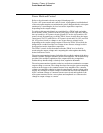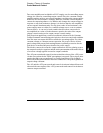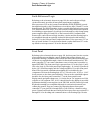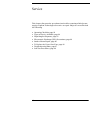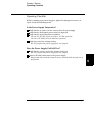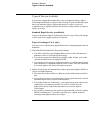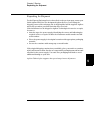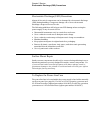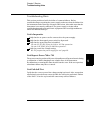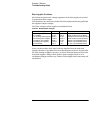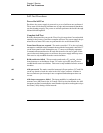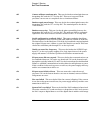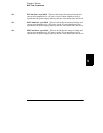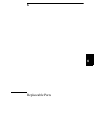
Chapter 5 Service
Electrostatic Discharge (ESD) Precautions
96
Electrostatic Discharge (ESD) Precautions
Almost all electrical components can be damaged by electrostatic discharge
(ESD) during handling. Component damage can occur at electrostatic
discharge voltages as low as 50 volts.
The following guidelines will help prevent ESD damage when serving the
power supply or any electronic device.
• Disassemble instruments only in a static-free work area.
• Use a conductive work area to dissipate static charge.
• Use a conductive wrist strap to dissipate static charge accumulation.
• Minimize handling.
• Keep replacement parts in original static-free packaging.
• Remove all plastic, styrofoam, vinyl, paper, and other static-generating
materials from the immediate work area.
•Use only anti-static solder suckers.
Surface Mount Repair
Surface mount components should only be removed using soldering irons or
disordering stations expressly designed for surface mount components. Use
of conventional solder removal equipment will almost always result in
permanent damage to the printed circuit board and will void your Agilent
Technologies factory warranty.
To Replace the Power-Line Fuse
The power-line fuse is located within the power supply's fuse-holder assembly
on the rear panel (see page 24). For 100 or 115 Vac operation, you must use a
2.5 AT slow-blow fuse (Agilent part number 2110-0913). For 230 Vac operation,
you must use a 2 AT slow-blow fuse (Agilent part number 2110-0587).



